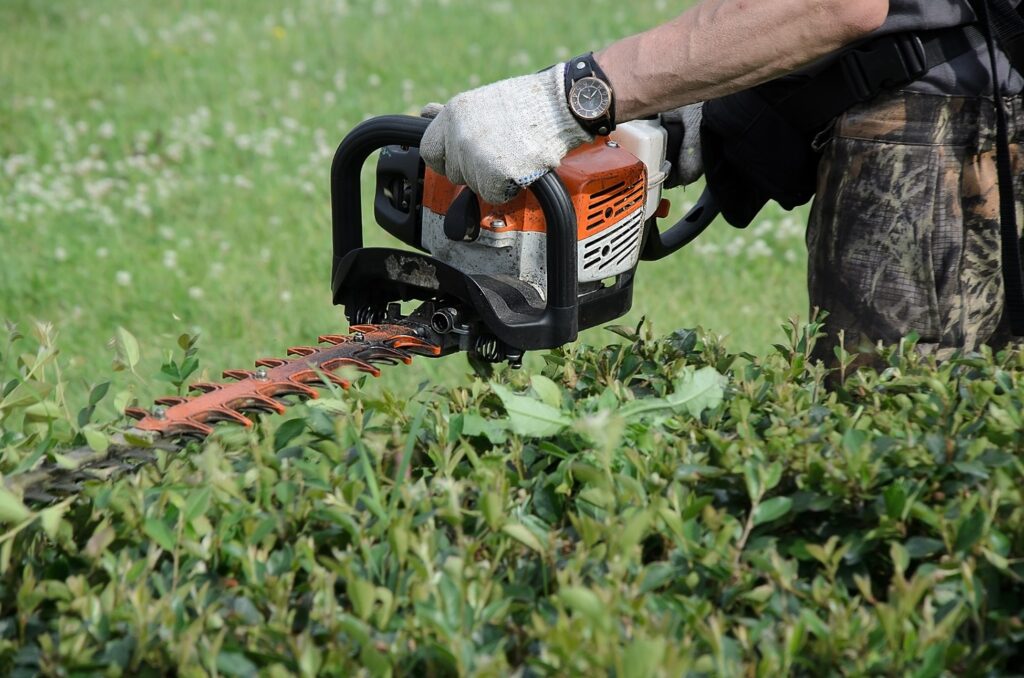
Shaping plants into a hedge can be a wonderful way to create privacy or a backdrop in your garden, but it requires some maintenance. We perform hedge pruning to keep your shrubs looking good and maintaining the right height and shape.
Hedges are shrub borders that enclose or can separate areas of your landscape. These plants used decoratively are often trimmed to precise sizes and shapes and may be either evergreen or deciduous.
There are a variety of hedges used in the Pacific Northwest landscape, such as laurels, boxwoods, arborvitae, Leyland, and false cypress. We have experience pruning hedges down to the proper size and keeping them aesthetically pleasing. There are proper plant selections and techniques for keeping hedges in the landscape looking healthy.
If you’re starting a hedge, choose plants that grow in this fashion. Figure out how high and wide you want your chosen shrubs to be before you plant. Typically they should be spaced approximately 18 to 36 inches apart.

Pruning Hedges
Plants that are trained from a very young age make for the best shape and height. In the first two years, the plants will be cut back to encourage branching close to the core of the plant. In the third year, these shrubs can be shaped. This will determine their structure as they grow to their final mature size.
Hedge trimming is performed at least two to three times a year, but some types of plants will need trimming more often.
With flowering shrubs, the golden rule of pruning is to wait until after the blooms are all gone. If you prune your plants at the wrong time, you might remove the growth that is supposed to flower the following year.
Regular hedge pruning prevents dead or dying branches, allowing the plant to flower or thrive in general. Pruning isn’t done to slow growth but to stimulate it. If there are bare spots, proper pruning can help fill in spaces. Excessive overgrowth can also be harmful to your hedge as it can reduce the amount of light and moisture it receives, slowing its growth.
